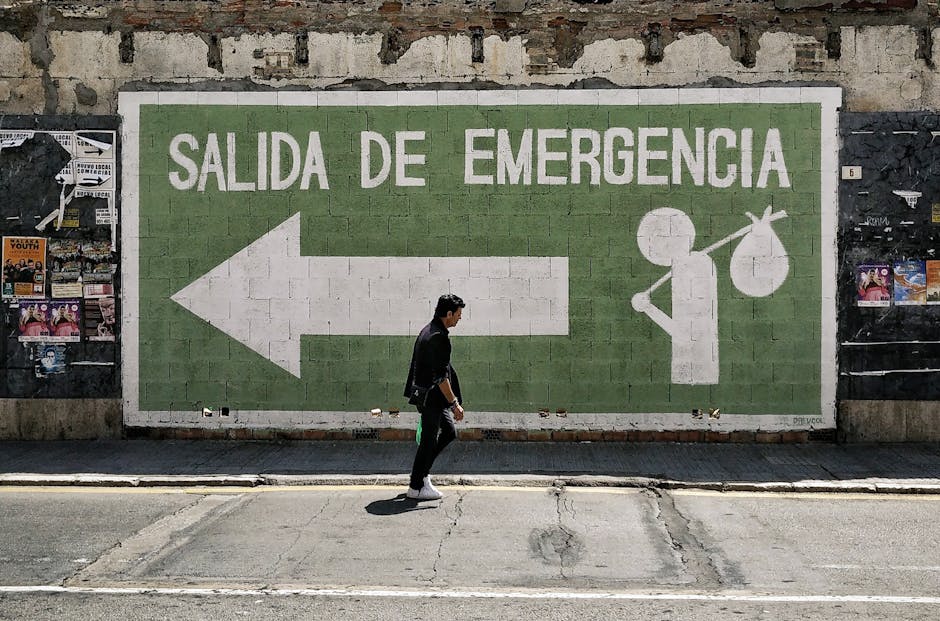Newly Rich, Newly Poor in 2025: Navigating the Shifting Sands of Wealth and Poverty
The year is 2025. The global economic landscape has shifted dramatically. We’re witnessing a phenomenon unlike anything seen before: a simultaneous surge in both extreme wealth and extreme poverty. This isn’t simply a widening gap; it’s a radical reshaping of the economic classes, creating a complex interplay of ‘newly rich’ and ‘newly poor’ individuals and families.
The Rise of the Newly Rich: A Diverse Landscape
The newly rich of 2025 are a diverse group. They aren’t solely the inheritors of family fortunes or the titans of traditional industries. This new wave of wealth creation stems from several unexpected sources:
- The Crypto Boom and Bust Survivors: Those who shrewdly navigated the volatile cryptocurrency market, weathering the crashes and emerging with significant gains.
- The Metaverse Moguls: Entrepreneurs who capitalized on the burgeoning metaverse, creating successful virtual worlds, digital assets, and immersive experiences.
- The AI Revolutionaries: Individuals and companies that developed innovative AI-driven products and services, disrupting traditional industries and creating immense wealth.
- The Sustainable Tech Pioneers: Those focused on green technologies, renewable energy, and sustainable solutions, attracting substantial investment and market share.
- The Creator Economy Stars: Influencers, streamers, and content creators who built massive followings and monetized their online presence effectively.
However, the path to this newfound wealth isn’t always smooth. Many newly rich individuals face challenges such as:
- Managing Sudden Wealth: The psychological and emotional impact of sudden wealth can be overwhelming, leading to poor financial decisions and strained relationships.
- Tax Implications: Navigating complex tax laws and regulations can be daunting, requiring expert financial advice.
- Maintaining Privacy and Security: High-profile success often comes with increased vulnerability to scams, fraud, and threats to personal safety.
- Building a Sustainable Business Model: Maintaining long-term success requires strategic planning, adaptation to changing market trends, and ongoing innovation.
The Emergence of the Newly Poor: A Multifaceted Crisis
The rise of the newly rich is unfortunately intertwined with the rise of the newly poor. Several factors contribute to this unsettling trend:
- Automation and Job Displacement: Rapid technological advancements have led to widespread job losses in various sectors, leaving many without the skills or opportunities to find new employment.
- The Gig Economy Trap: The gig economy, while offering flexibility, often lacks job security, benefits, and adequate compensation, pushing many into precarious financial situations.
- Climate Change Impacts: Extreme weather events, rising sea levels, and resource scarcity disproportionately affect vulnerable populations, pushing them into poverty.
- Rising Cost of Living: Inflation, soaring housing costs, and escalating healthcare expenses are straining household budgets, forcing many into financial hardship.
- Global Economic Instability: Geopolitical tensions, economic downturns, and supply chain disruptions exacerbate existing inequalities and create new challenges.
The newly poor in 2025 are facing a multitude of challenges, including:
- Access to Healthcare: Lack of access to affordable and quality healthcare leaves many vulnerable to illness and financial ruin.
- Food Insecurity: Rising food prices and limited access to nutritious food contribute to malnutrition and health problems.
- Housing Instability: The lack of affordable housing leaves many facing eviction, homelessness, and precarious living conditions.
- Mental Health Struggles: The stress and anxiety associated with poverty can lead to significant mental health challenges.
- Limited Access to Education and Training: Lack of access to quality education and job training limits opportunities for upward mobility.
Bridging the Gap: Policy and Societal Responses
The stark contrast between the newly rich and the newly poor in 2025 necessitates urgent action on multiple fronts. Governments and societies need to address the root causes of inequality and implement policies that promote:
- Investing in Education and Reskilling Programs: Providing accessible and affordable education and training programs to equip individuals with the skills needed for the jobs of the future.
- Strengthening Social Safety Nets: Expanding access to affordable healthcare, housing, and food assistance programs to protect vulnerable populations.
- Promoting Sustainable Economic Growth: Investing in renewable energy, green technologies, and sustainable development to create jobs and mitigate climate change impacts.
- Tax Reforms to Address Inequality: Implementing progressive tax policies that fairly redistribute wealth and fund social programs.
- Supporting Entrepreneurship and Innovation: Creating an environment that fosters entrepreneurship, innovation, and job creation, while ensuring equitable access to resources and opportunities.
- Addressing Climate Change: Implementing policies to mitigate climate change and protect vulnerable communities from its devastating effects.
The Future of Wealth and Poverty: A Call for Collective Action
The emergence of the newly rich and newly poor in 2025 is a complex and multifaceted issue requiring a comprehensive and collaborative approach. It’s not merely an economic challenge; it’s a societal one that demands a fundamental shift in how we think about wealth distribution, social justice, and the future of work. Addressing this disparity requires a collective effort from governments, businesses, civil society organizations, and individuals to build a more equitable and sustainable future for all.
Failure to act decisively will only exacerbate the existing inequalities, leading to further social unrest, economic instability, and a widening chasm between the haves and the have-nots. The time for decisive action is now. The future of our societies depends on it.
Conclusion: Towards a More Equitable Future
The stark realities of the newly rich and newly poor in 2025 underscore the urgent need for transformative change. While technological advancements and economic shifts create opportunities for unprecedented wealth creation, they also highlight the vulnerability of those left behind. Only through concerted efforts to address systemic inequalities, invest in human capital, and foster sustainable economic growth can we hope to bridge the widening gap and build a future where prosperity is shared more equitably.

